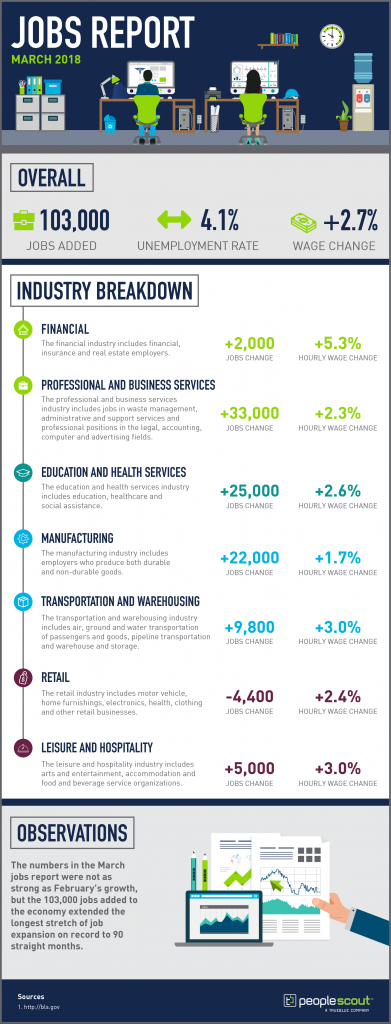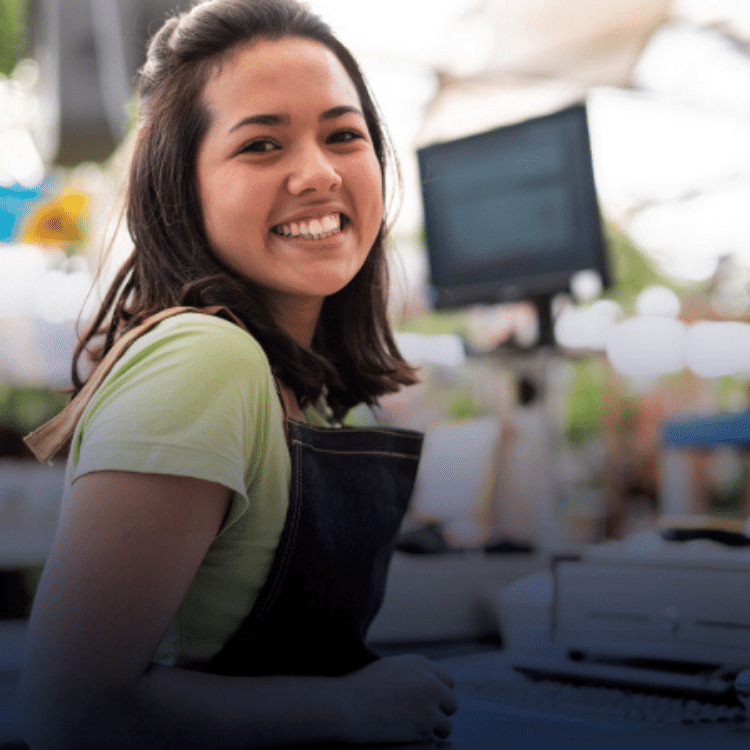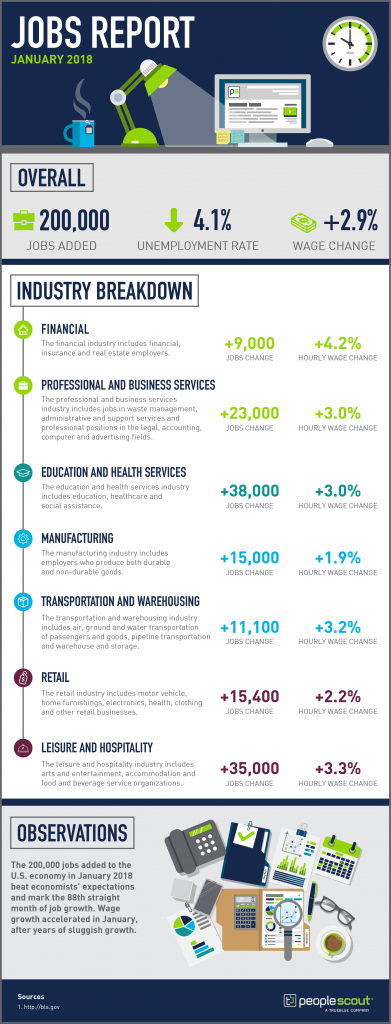From resumes to references and cover letters, healthcare organizations have multiple sources of information to learn about the skills and competencies of a potential hire. Even with this information, it can be hard to get to know candidates throughout the hiring process. Healthcare HR professionals can use pre-employment testing to more accurately ascertain the strengths, weaknesses and overall suitability of a candidate. In this post, we cover the basics of pre-employment assessments and ways healthcare recruitment teams can leverage them to make better healthcare hiring decisions.
What is Pre-employment Testing and Assessment?
A pre-employment assessment is a method used by an employer to evaluate a candidate’s skills, intellect, personality and other traits. Recruitment process outsourcing providers, healthcare hiring managers and recruiters are all relying more heavily on data-driven talent management practices. According to a survey conducted by the American Management Association (AMA), the use of pre-employment assessments is growing steadily. The AMA’s study revealed the following:
- 70% of employers conduct job skill testing at some point during the hiring process
- 46% of employers conduct personality or psychological assessments of job candidates
- 41% of employers test candidates for literacy and math aptitude
Assessments can provide valuable information on a candidate’s ability to successfully execute their duties in the workplace. Below we list the three popular types of pre-employment assessments and their functions:
Dig Deeper
How RPO Can Solve The Top Challenges In Healthcare Talent Acquisition
Pre-employment aptitude tests
According to a study conducted by LinkedIn, the most important traits employers seek in candidates are problem-solving skills and the ability to learn new concepts. These traits are hard to measure based solely on a review of a candidate’s resume or during an interview. An aptitude test is used to measure a candidate’s critical thinking, problem-solving skills and ability to learn and apply new information.
Pre-employment personality tests
A personality test seeks to answer the following questions for organizations: Will the candidate be happy in this position? Does the candidate possess the behavioral traits and attributes needed for success in this role? Dissimilar from an aptitude test, there are no right or wrong answers to the questions on personality tests. Measuring behavioral traits can help healthcare organizations predict job fit by determining if a candidate’s behavioral tendencies line up well with an organization’s culture and the demands of the position.
Pre-employment skills tests
Skills tests are designed to measure job-related skills, including skills from verbal, math and communication abilities, to typing and computer literacy. Many skills tests in healthcare are designed to measure more specific medical-related skills such as medical terminology, patient safety practices or other knowledge unique to the healthcare work environment.
The Value of Pre-Employment Testing and Pre-Employment Screening in Healthcare
Pre-employment assessment tests offer wide-ranging benefits from streamlining the recruiting process to strengthening a healthcare organization’s capabilities by increasing the chance that a new hire will be effective in their role.
A study conducted by Gallup concluded that companies that selected the top 20% of applicants based on talent assessments increased productivity by 10% and decreased turnover by 10%. Below, we list five of the most significant benefits a healthcare organization may experience after implementing pre-employment testing.
1. Lowering employee turnover
Employee turnover is a major issue for many healthcare organizations. The costs of turnover can be significant. Pre-employment assessments can help healthcare recruiters increase employee retention by making sure that new employees possess the basic skills required for the job along with the appropriate personality, or character, to feel comfortable working with a particular healthcare organization or medical environment. These factors may decrease the chances of candidates being let go for poor performance or failure to successfully complete training, as well as the likelihood that employees will quit of their own volition.
2. Reducing time spent on screening candidates
According to Recruiter.com, recruiters spent 63% of their workweek on the phone screening candidates. By requiring that candidates take pre-employment testing earlier in the recruiting process, healthcare organizations can quickly filter out candidates who do not possess the minimum skills or traits desired by hiring managers, which frees up time for recruiters to speak with more qualified candidates.
Moreover, setting minimum cutoff scores for certain assessments can narrow down the number of candidates selected for a phone or in-person interviews. Reducing the time dedicated to the screening process can drastically reduce the overall time to hire candidates.
3. Identifying prospective leaders
According to a survey conducted by the American College of Healthcare Executives, more than half of respondents agreed with the statement: “In general, over the last five years, my firm’s healthcare clients have changed the requirements for skills, knowledge or credentials needed by members of their senior leadership teams.” Respondents most often named emotional intelligence, ability to influence rather than direct, strategic thinking, collaboration and critical thinking as the skills most desired in healthcare leadership.
Pre-employment screening presents an opportunity to identify candidates who possess the potential to ascend to leadership roles by testing candidates on the leadership qualities they value most. Hiring healthcare workers who possess leadership potential can help healthcare organizations source harder-to-fill leadership positions internally in the future.
4. Building successful teams
Quality patient care is at the core of successful clinical hiring. To provide quality care, a healthcare organization’s staff needs to work towards the shared mission of caring for and serving patients with dignity, empathy and respect. This sense of common purpose begins with building effective teams within a healthcare organization.
Pre-employment assessments such as personality tests can be used to measure the behavioral traits not only central to job performance, but also to a candidate’s ability to work within a team structure. On personality tests, there are no right or wrong answers; however, the answers can provide healthcare organizations with insights into whether a candidate will fit in with their team and the organization’s overall culture. Traits such as strong interpersonal skills, good communication skills and high levels of empathy can all indicate that a candidate works well with others and can provide patients with quality care.
5. Recognizing strengths and weaknesses
From soft skills such as bedside manner to hard skills like technical proficiency, a properly administered pre-employment testing can uncover a healthcare applicant’s professional strengths and weaknesses. Identifying strengths and weaknesses using assessments can help HR professionals by:
- Identifying candidates with high levels of initiative and strong work ethic
- Screening out candidates who may be unreliable
- Reducing the potential of hiring the wrong candidates and wasting resources on training
- Helping HR leaders develop training programs for current employees based on insights gleaned from the strengths and weaknesses of candidates
By utilizing pre-employment screening and assessments, healthcare organizations can better understand where a candidate will excel, which of their skills may need nurturing or training and if they are well-suited for the roles they are applying to.
Conclusion
By utilizing pre-employment assessments tests, healthcare organizations can employ a less biased and more efficient method of hiring candidates. Furthermore, the data provided by pre-employment assessments can better inform hiring managers and recruiters of the skills and traits possessed by applicants and can be used to better position job descriptions and optimize training procedures. If you would like to learn more about pre-employment screening technology, check out PeopleScout’s proprietary recruiting technology platform, Affinix and check out other great strategies for healthcare recruiting including healthcare RPO.







